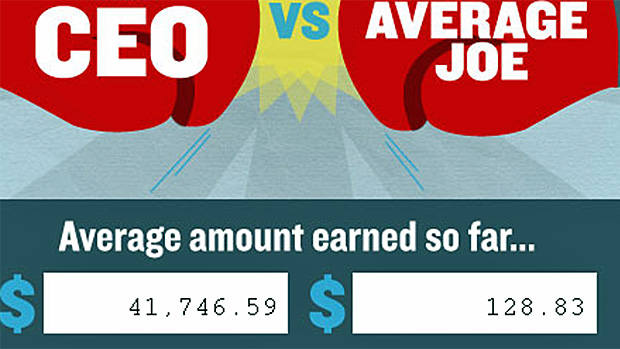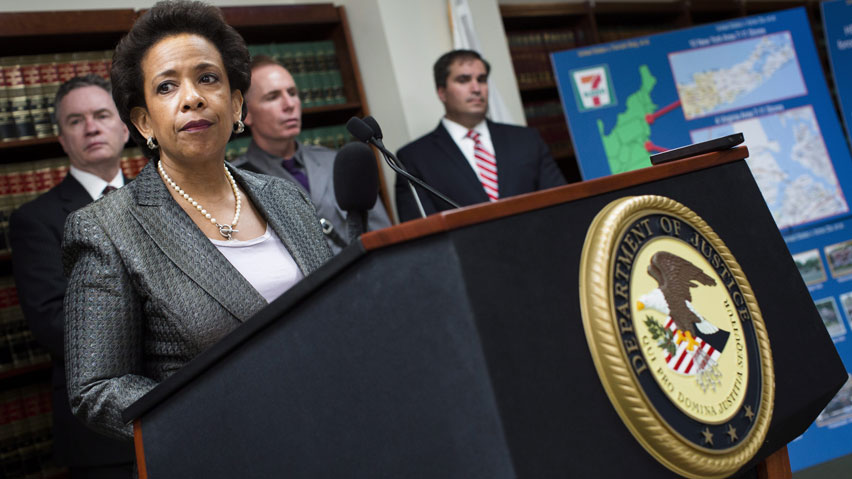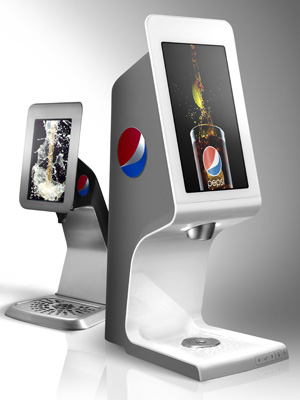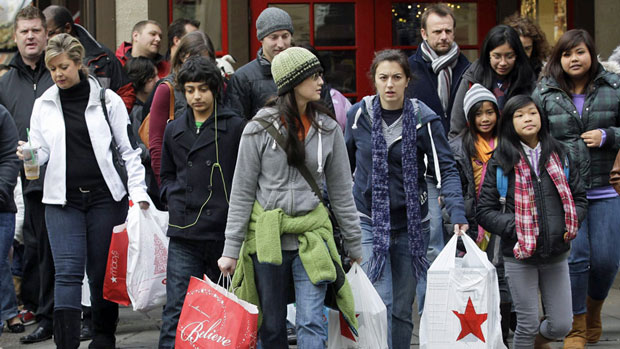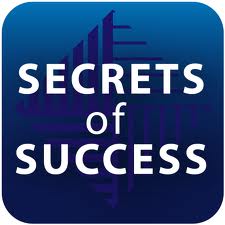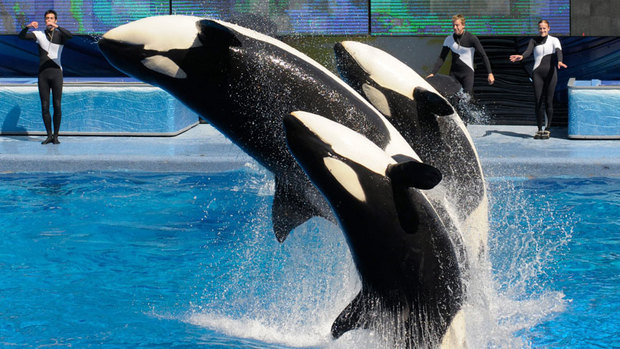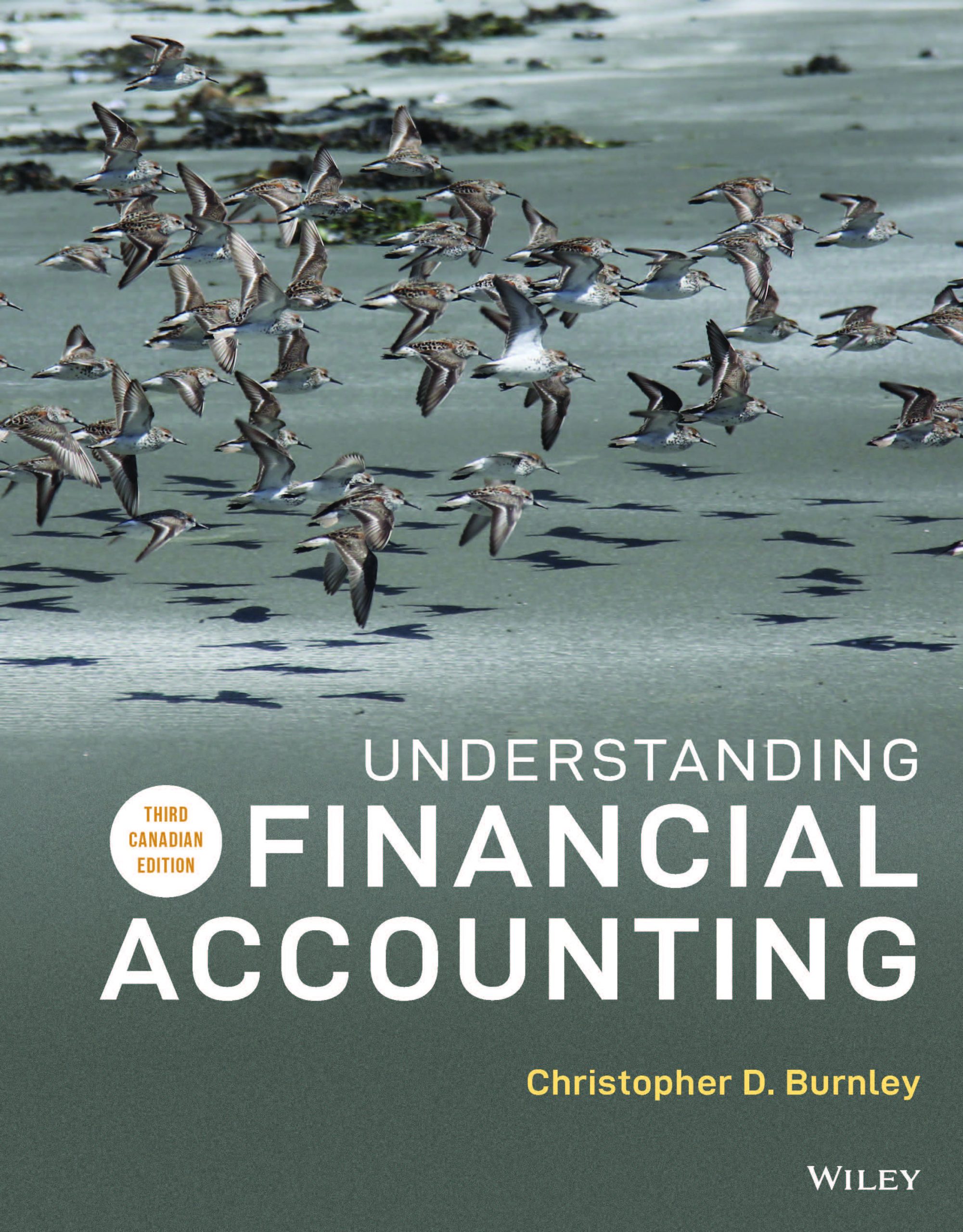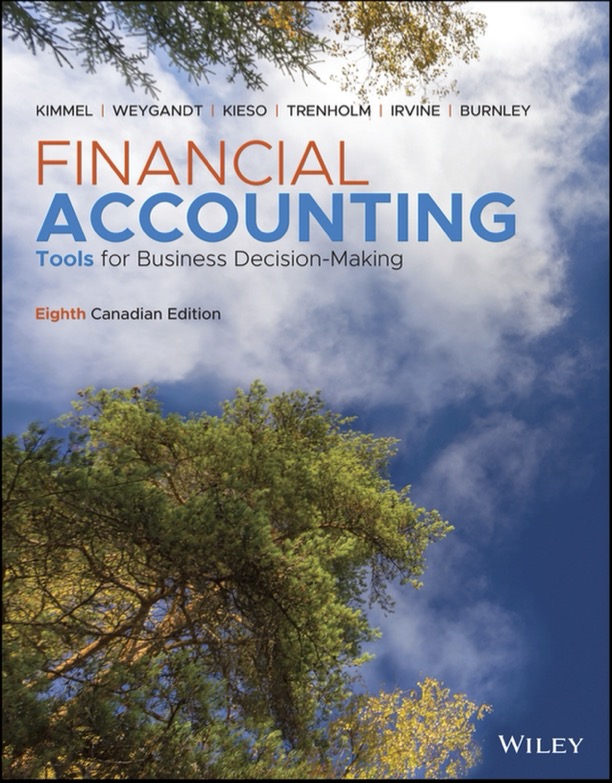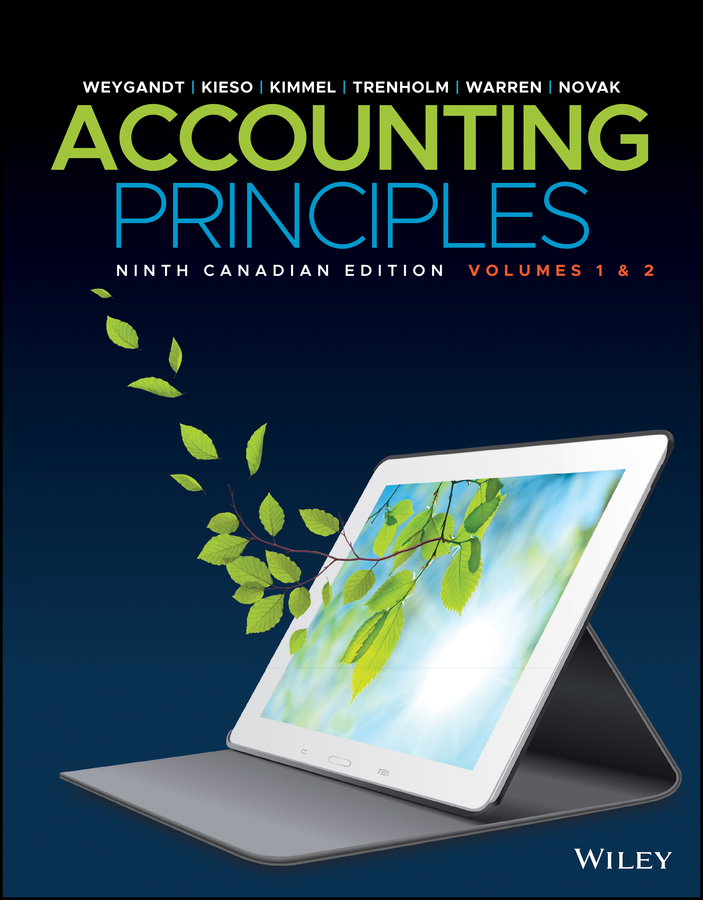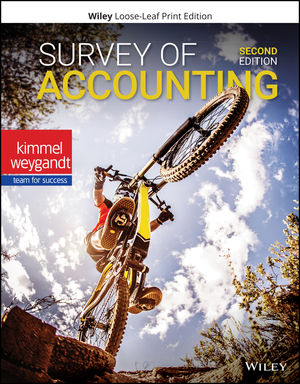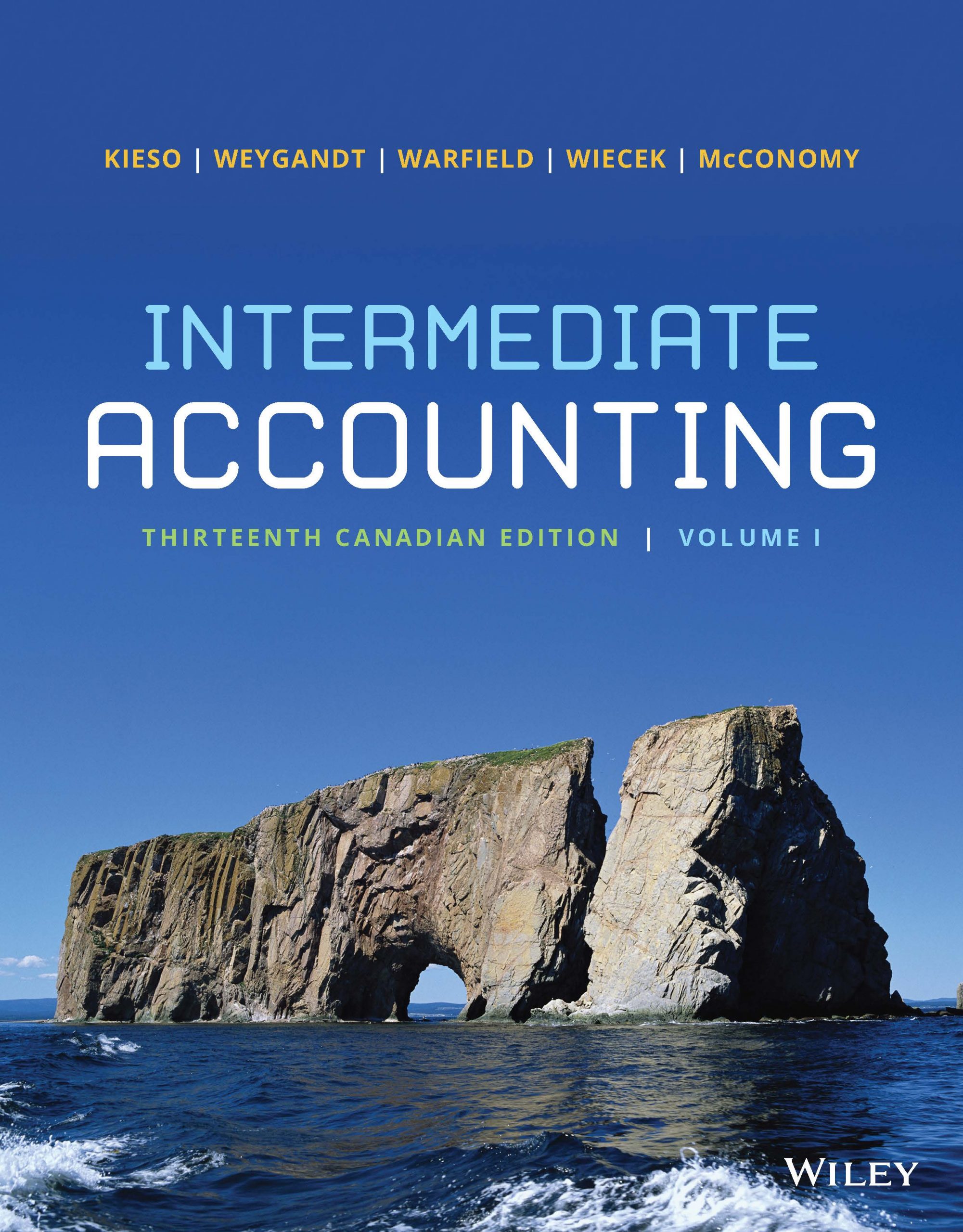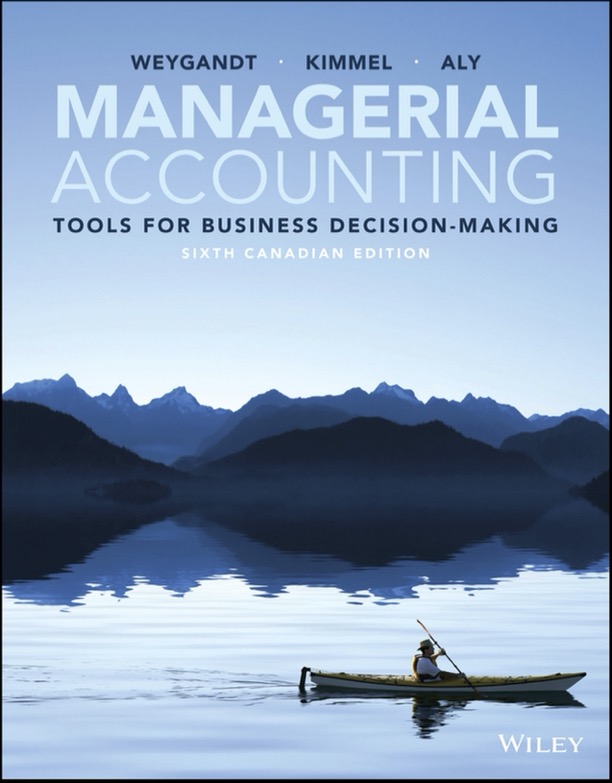A Message from Our CEO
PwC’s Bill McFarland discusses the firm’s commitment to corporate responsibility
At PwC, we understand that we have a role to play in being part of the solution to global challenges. We have a responsibility to help strengthen trust and integrity within the debate on how to create a more sustainable future for generations to come.
In this, our fourth annual Corporate Responsibility Highlights publication, we outline some of our achievements on this journey as well as some challenges we’ve faced and will face in the future.
Over the past year, we’ve established a new Corporate Responsibility (CR) strategy globally. We aim to:
- Do the right thing, which means playing our part in promoting responsible business practices that are central to our own business – from the quality of our services and building an inclusive workplace to our engagement with communities and our environmental footprint.
- Be a catalyst for change, which is about using our skills, voices and relationships to work with others and influence activities that make a difference, create change and have a lasting impact on the world around us.
In order to achieve these goals, we will continue to focus our efforts on four areas where we can make relevant and significant contributions:
1 responsible business
2 people, diversity and inclusion
3 community engagement and
4 environmental stewardship.
http://www.pwc.com/ca/en/corporate-responsibility/index.jhtml
Our role in creating a sustainable society
PwC is the market leader in providing sustainability services to large global organizations. Our sustainability teams operate in over 40 countries helping organizations integrate sustainable business practices into the very fabric of their processes, systems and supply chains.
We provide assistance to clients to build business value by evaluating the entire sustainability picture—both challenges and opportunities—and incorporating effective solutions for CR programs, climate change, CR reporting, and chain of custody/supply chain risk management and sustainability management systems. Our Canadian practice is part of a Global Sustainable Business Solutions (SBS) network comprised of 500 practitioners in 40 countries, serving 50 of the Fortune 100 companies.
As we strive to be catalysts for change, we have provided Consulting and Deals, Tax and Audit and Assurance services through our SBS practice to a wide range of clients since the 1990s. Our clients are from a range of industries including retail, entertainment and media, mining, energy and utilities, and forest and paper.
Today many corporations are doing their part to help save the environment, improve people living conditions and make our world a better place to live.
There are many challenges facing us, such as global warming, population increase expected to reach 9 billion by 2050 and fresh water resources decreasing by 2025.
Discussion Questions:
1. Do you see any Career opportunities with PwC?
2. Are we taking enough steps to change business attitudes that money or profits are not the only deciding factors to quantify success?
3. Do you know of any Corporate Socially Responsible corporations.
You may read more on the PwC’s Corporate Responsibility: Click here
Other CSR, corporations: Visit this site Unilever Sustainable Living Plan
Article obtained from PWC: Click to read the complete article written byCEO, Bill McFarland ,from PWC

